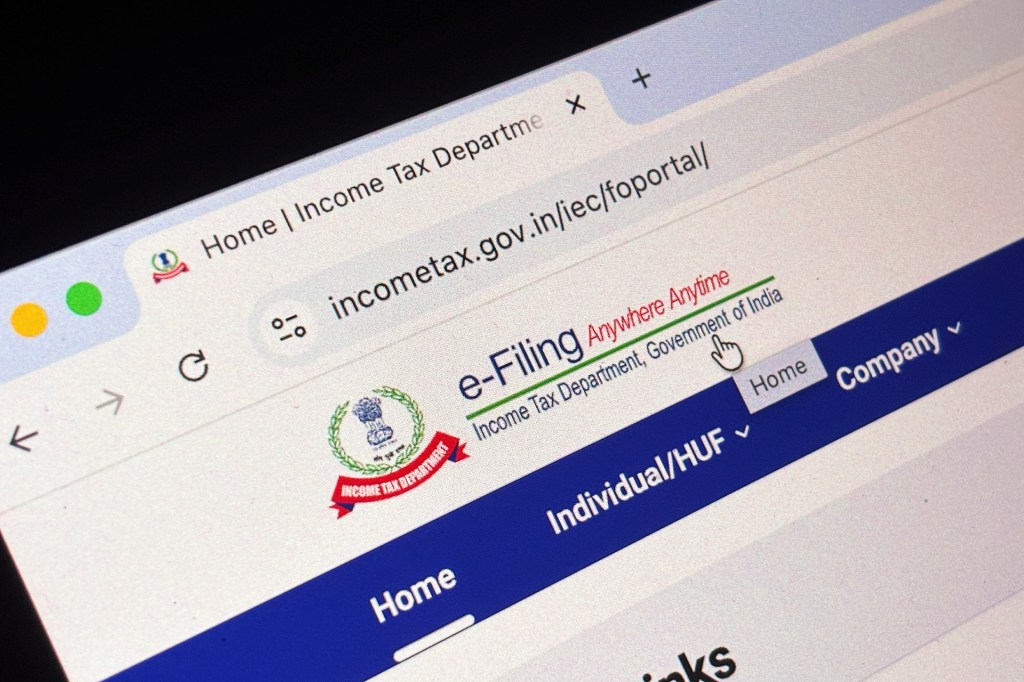In a recent development, the Indian government’s Income Tax Department has addressed a significant security vulnerability in its e-Filing portal, which had been exposing sensitive personal and financial data of taxpayers. This flaw was identified in September by security researchers Akshay CS and Viral, who found that any authenticated user could access the personal information of other taxpayers by manipulating network requests within the portal.
Discovery of the Vulnerability
While filing their income tax returns, the researchers discovered that by altering the Permanent Account Number (PAN) in the network request during the webpage loading process, they could retrieve the personal and financial details of other individuals. This manipulation was feasible using tools like Postman or Burp Suite, or even through a web browser’s developer tools, provided the PAN of the target individual was known.
Nature of the Exposed Data
The compromised data encompassed a wide range of personal information, including:
– Full names
– Residential addresses
– Email addresses
– Dates of birth
– Phone numbers
– Bank account details
– Aadhaar numbers
The Aadhaar number is a unique government-issued identifier used for identity verification and accessing various government services. The exposure of such comprehensive data posed a significant risk of identity theft and financial fraud.
Technical Details of the Flaw
The vulnerability was classified as an Insecure Direct Object Reference (IDOR), a common security flaw where an application fails to properly enforce authorization checks, allowing unauthorized access to data. In this case, the Income Tax Department’s back-end servers did not adequately verify user permissions, enabling logged-in users to access the data of others by simply modifying the PAN in the network request.
Response and Remediation
Upon discovering the flaw, the researchers promptly reported it to the Indian Computer Emergency Response Team (CERT-In). The Income Tax Department acknowledged the issue and worked to rectify it. By October 2, the vulnerability was confirmed to be fixed. Given the sensitivity of the data involved, the researchers and TechCrunch withheld public disclosure until the issue was resolved to prevent potential exploitation.
Implications and Recommendations
This incident underscores the critical importance of robust security measures in government portals, especially those handling sensitive personal and financial information. It highlights the need for:
– Regular Security Audits: Conducting periodic security assessments to identify and address vulnerabilities proactively.
– Strict Access Controls: Implementing stringent authorization checks to ensure that users can only access data pertinent to them.
– User Education: Educating users about the importance of safeguarding their personal information and recognizing potential security threats.
Broader Context of Data Security in India
This is not an isolated incident. India has witnessed several data breaches in recent years, affecting various sectors:
– National Logistics Portal-Marine (2023): Misconfigurations exposed sensitive personal data and trade records due to misconfigured Amazon S3 buckets and embedded login credentials in the web source code.
– Rapido Ride-Hailing Platform (2024): A security flaw in a feedback form exposed personal information of users and drivers, including names, email addresses, and phone numbers.
– Samco Securities (2024): A hacker claimed to have accessed user records, including full names, dates of birth, mobile numbers, email addresses, and PAN IDs.
– WeWork India (2022): A security lapse exposed personal information and selfies of visitors due to a bug in the check-in app.
These incidents highlight the pressing need for enhanced cybersecurity measures across all sectors to protect sensitive data and maintain public trust.
Conclusion
The swift identification and remediation of the security flaw in India’s Income Tax e-Filing portal demonstrate the effectiveness of collaborative efforts between security researchers and government agencies. However, this incident serves as a stark reminder of the continuous vigilance required to safeguard sensitive information in the digital age. It is imperative for organizations to prioritize cybersecurity, conduct regular audits, and implement robust access controls to prevent unauthorized data access and potential breaches.



